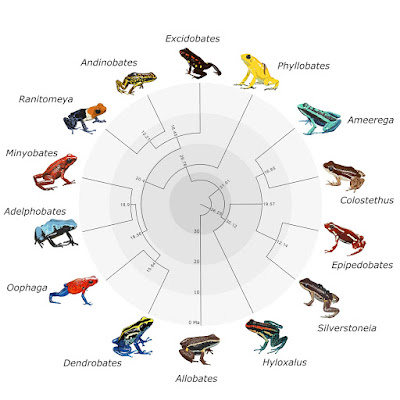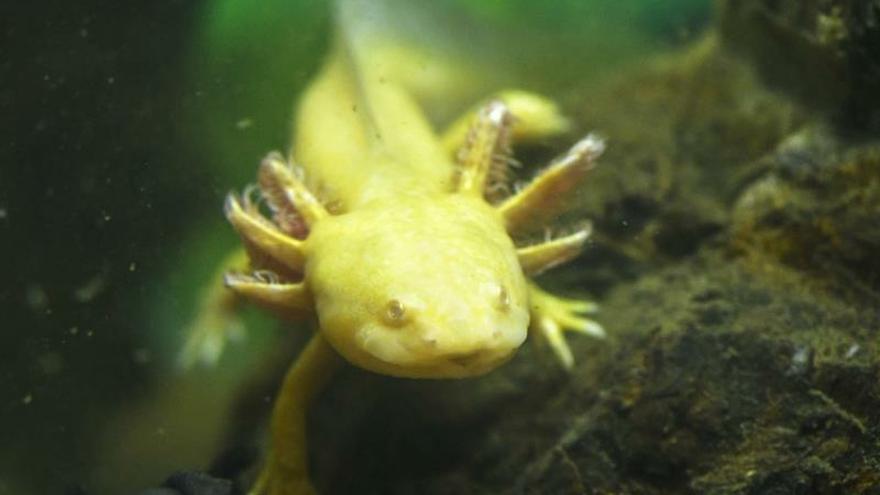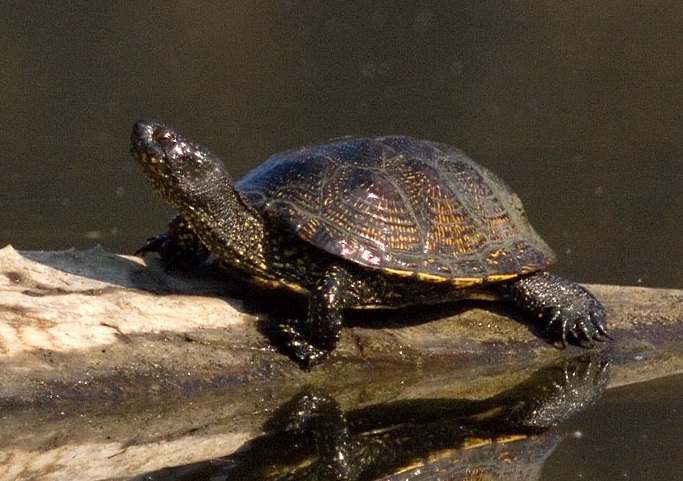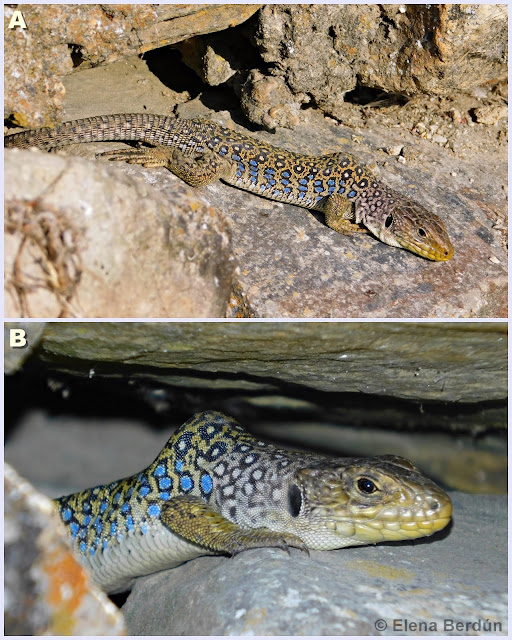Are you a passionate conservationist with unlimited dedication and willpower to protect species of wild animals and plants? Are you 35 or younger? Apply now for the FFN Awards 2020 and perhaps you could win the Future for Nature Award (€50,000) and join the growing FFN Winners community. Each year Future for Nature awards three young, talented, and ambitious nature conservationists through the Future for Nature Awards. Read about previous winners and their work. Application deadline: September 15th, 2019. Learn more and apply today by visiting: https://futurefornature.org/apply/





The evolutionary history of the Dendrobatidae, the charismatic Neotropical poison frog family, remains in flux, even after a half-century of intensive research. Understanding the evolutionary relationships between dendrobatid genera and the larger-order groups within Dendrobatidae is critical for making accurate assessments of all aspects of their biology and evolution. In this study, we provide the first phylogenomic reconstruction of Dendrobatidae with genome-wide nuclear markers known as ultraconserved elements. We performed sequence capture on 61 samples representing 33 species across 13 of the 16 dendrobatid genera, aiming for a broadly representative taxon sample. Leer más.

La familia de anfibios del Acuario Poema del Mar ha crecido tras el nacimiento de 25 axolotes mexicanos y 27 salamandras de kaiser, esta última especie endémica de Irán rara vez vista en Europa, debido a lo complicado que resulta reproducir las condiciones de su hábitat natural. Leer más.

ausa preocupación ver a cantidade de ameazas que comprometen a supervivencia do sapoconcho común (Emys orbicularis) en Galicia: a captura ilegal para a súa venda como mascota, as especies exóticas invasoras que a depredan ou compiten polo mesmo hábitat (perca americana, visón americano ou os cangrexos sinal e americano), os parasitos, como o Spirorchis elegans, o desecamento das zonas húmidas onde viven e mesmo os incendios forestais están dificultando moito os intentos por recuperar o número de exemplares. Este réptil, tamén coñecido como sapoconcho europeo, é unha tartaruga moi presente nas augas doces do centro e sur de Europa, desde Rusia ata a península Ibérica, e en toda a bacía do Mediterráneo. Leer más.

Al llarg dels últims mesos han vist la llum dues publicacions, en les que he participat juntament amb la meua companya de l’Associació Herpetològica Timon (AHT) Elena Berdún, que mostren alguns exemples de les malformacions que sofreixen les diferents espècies d’amfibis i rèptils de la Península Ibèrica. Es tracta d’observacions que es van recollir durant l’any 2018 en dues zones distintes, allunyades una de l’altra, Lleó i Catalunya. Leer más.







